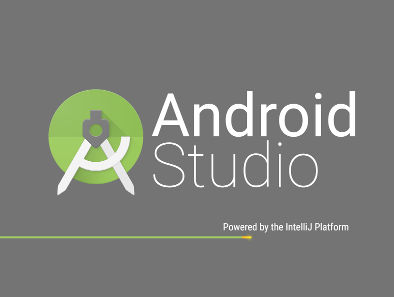| Android Studio Release Candidate |
| Written by Mike James | |||
| Monday, 01 December 2014 | |||
|
It looks as if Google's Android Studio is close to its first release. For a company that has a reputation for keeping everything in eternal beta, this is quite a step.
Android Studio was announced over a year ago at Google I/O 2013 and many programmers started using it, even though it was billed as version 0.1 and "early access". Following the releases has sometimes been a less than smooth ride but the mostly worth it. It reached official beta stage with version 0.8 back in June. The latest milestone is Android Studio 1.0 Release Candidate 2. The most notable change is the new splash screen complete with new logo.
Another welcome change is that now you don't have to be online to create a new project. A local Maven repository has been added, which also accounts for the large size of the patch. WIndows also has two new installers - one that only installs Android Studio and one that also adds the SDK. In principle the update should just work with your existing projects, but as in the past this isn't always going to be the case. One problem that results in a "Gradle project sync failed" is a change to Gradle. If this happens then check your build gradle file and replace "runProguard" with "minifyEnabled". The command was renamed in version 0.14.0. It will be interesting to see what fuss Google makes of the final release of Android Studio 1.0. Whatever happens there is no doubt that Version 1 will mark a mass migration from Eclipse to Android Studio - there are simply too many advantages in using Android Studio not to move to it and in time it should get even better. If you haven't tried it yet then you are likely to be pleasantly surprised by Android Studio. Its main advantage is essentially that it is a custom IDE supporting Android. The build tools make projects easy to create and compile.You should find it much easier to support a range of form factors and custom build steps are fairly easy. Code editing supports completion, refactoring and generation. The drag-and-drop GUI designer is better than the Eclipse-based tool and rapidly getting better. It still has some rough edges but it is the easiest way to build a multi-form factor GUI. Add to this the built-in support for Google services and you end up having to find a reason to stay with Eclipse and ADT - use the comments if you can think of a really good one. Look out for updates and additions to our comprehensive multi-chapter guide, Android Adventures which has material both for beginners and for intermediate Android developers.
More Information
|
Google Updates Responsible AI Toolkit 01/11/2024 Google has announced updates to the Responsible Generative AI Toolkit to enable it to be used with any LLM model. The Responsible GenAI Toolkit provides resources to design, build, and evaluate open A [ ... ] |
Gender Differences In Coding Style 13/11/2024 A novel investigation into the gender gap between men and women regarding coding ability was undertaken by Dr Siân Brooke. Her conclusion? There is a difference in the Python code [ ... ] |
More News
|
Comments
or email your comment to: comments@i-programmer.info



